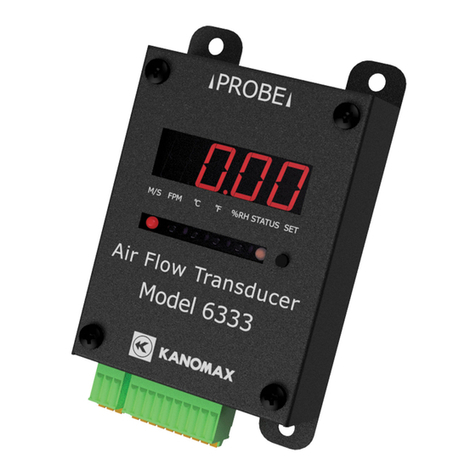
Table of Contents
Names and Dimensions of Components........................................................ 1
System Configuration Example ..................................................................... 5
Connecting the Probe Cable to the Main Unit............................................... 6
Connecting the Probe Cable to the Probe ...................................................... 6
Installing the Data ROM................................................................................. 7
Switching Output (Setting Current/Voltage and Output Range).................. 8
Connecting Output and Power Supply......................................................... 10
Measurement Method................................................................................... 11
Optional Accessory....................................................................................... 12
Cleaning the Probe........................................................................................ 13
Specification of Main Unit ........................................................................... 14
Specification of Probes (Sold Separately) ................................................... 15
Troubleshooting ............................................................................................ 17
Product Warranty and After Service............................................................ 18
Contact Information...................................................................................... 19































